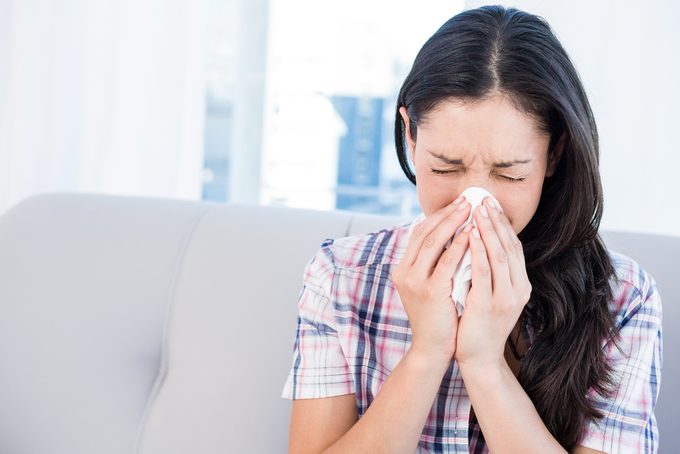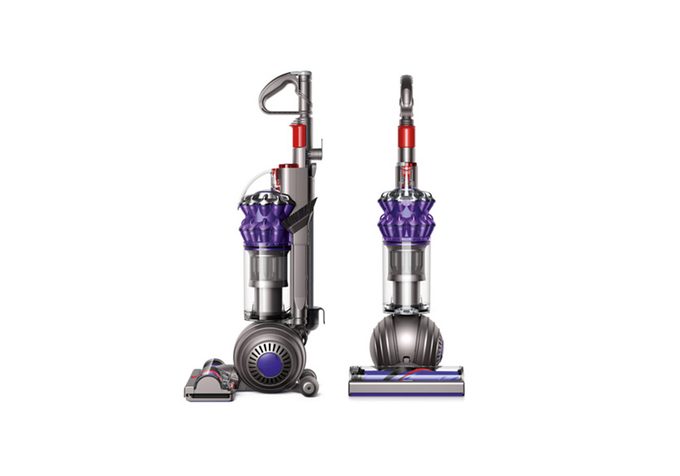How Dust Is Harming Your Health
Dust-mite allergies are one of the most common allergy and asthma triggers, according to the Asthma and Allergy Foundation of America. A Dyson microbiologist, Karen Hill, shares what everyone should know about dust allergies.

First things first, what makes dust an allergen?
Dust is made of compounds such as dead skin cells, hair, minerals and dirt – organic matter that naturally comes off us, or our pets. It also contains particles like pollen, mould and dust mite feces. When allergy and asthma sufferers come into contact with these particles, their immune systems overreact, producing antibodies to repel them. This often results in a dust allergy, such as sneezing, coughing or a runny nose.
We naturally think of vacuuming our carpets, but allergenic mites could be lurking elsewhere, right?
Dust and allergens can be found lurking everywhere in your home: mattress, pillows, sofa, curtains, and so on. In a mattress, there can be anywhere from 10,000 up to one million dust mites breeding and producing feces, which is what humans are allergic to. Our lab work has shown that the most effective way to reduce dust mites is to remove their food source – dead skin cells. Using a vacuum with powerful suction and a cleaner head that can penetrate deep into the surface is a prime solution to removing these cells. We recommend vacuuming your mattress monthly.

What’s The Best Way To Get Rid of Dust?
Vacuuming! You want a vacuum with a quality HEPA filter and seal. As well, your vacuum should have a hygienic bin emptying function,which reduces the chances of contact being made directly with the dust and dirt in the vacuum bin.




